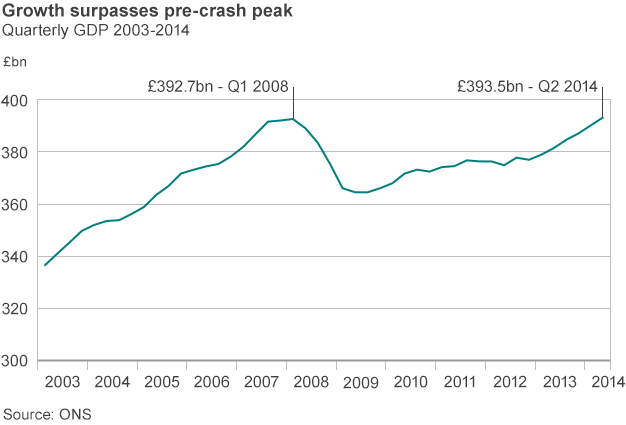Tackling Modern Slavery
The government is launching a nationwide campaign aimed at raising awareness of modern slavery in the UK. The aim is to encourage the public to identify signs of slavery and report them to a new national helpline. The Human Trafficking Foundation charity estimates 20,000 people are working in what amounts to slavery in the UK, and says that number is rising. The Home Office hopes Parliament will pass an anti-slavery bill before the general election. It is spending £2.3m on the TV, online and poster awareness campaign, which will run until October. The TV advert shows three of the most common types of modern slavery: agricultural labour sexual exploitation in a brothel domestic servitude in a home. It concludes with the caption, "Slavery is closer than you think". The national helpline, which is supported by children's charity the NSPCC, will offer information and advice to child and adult victims of slavery, as well as to professionals and m
